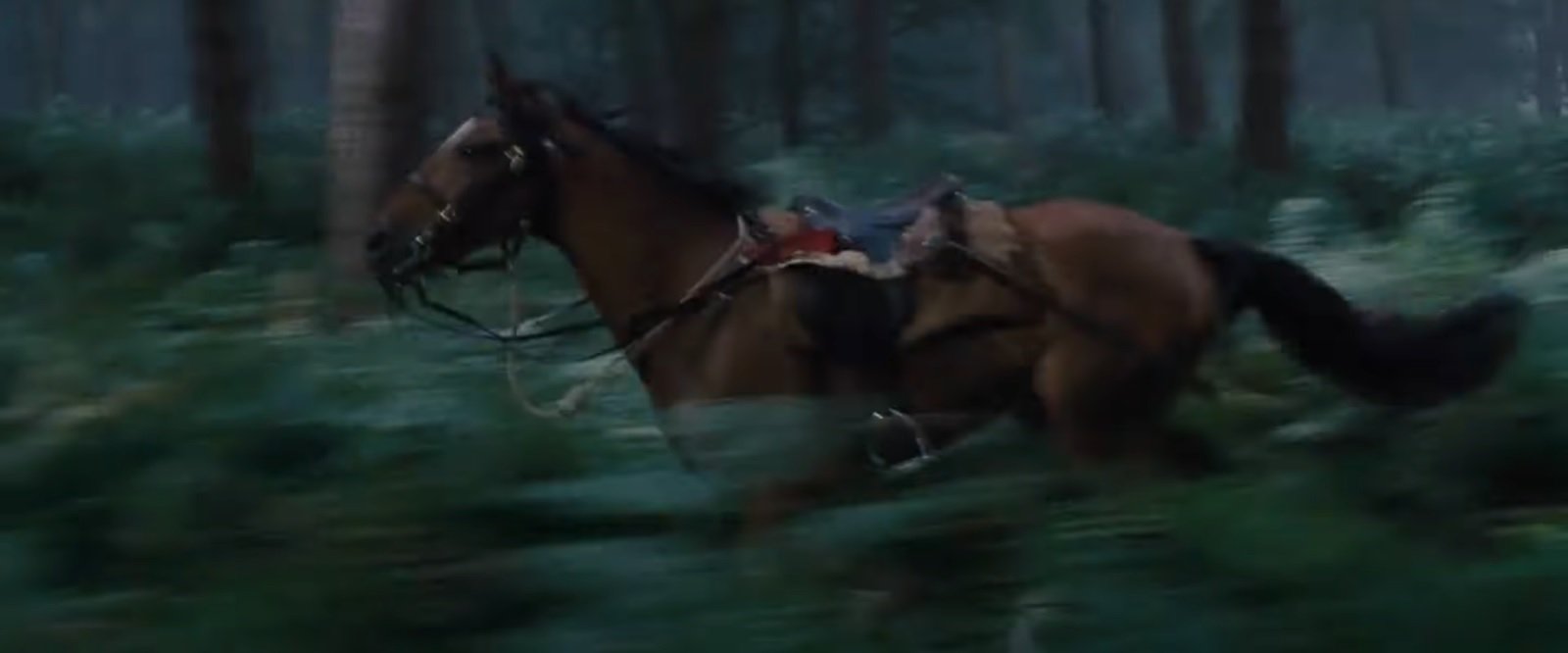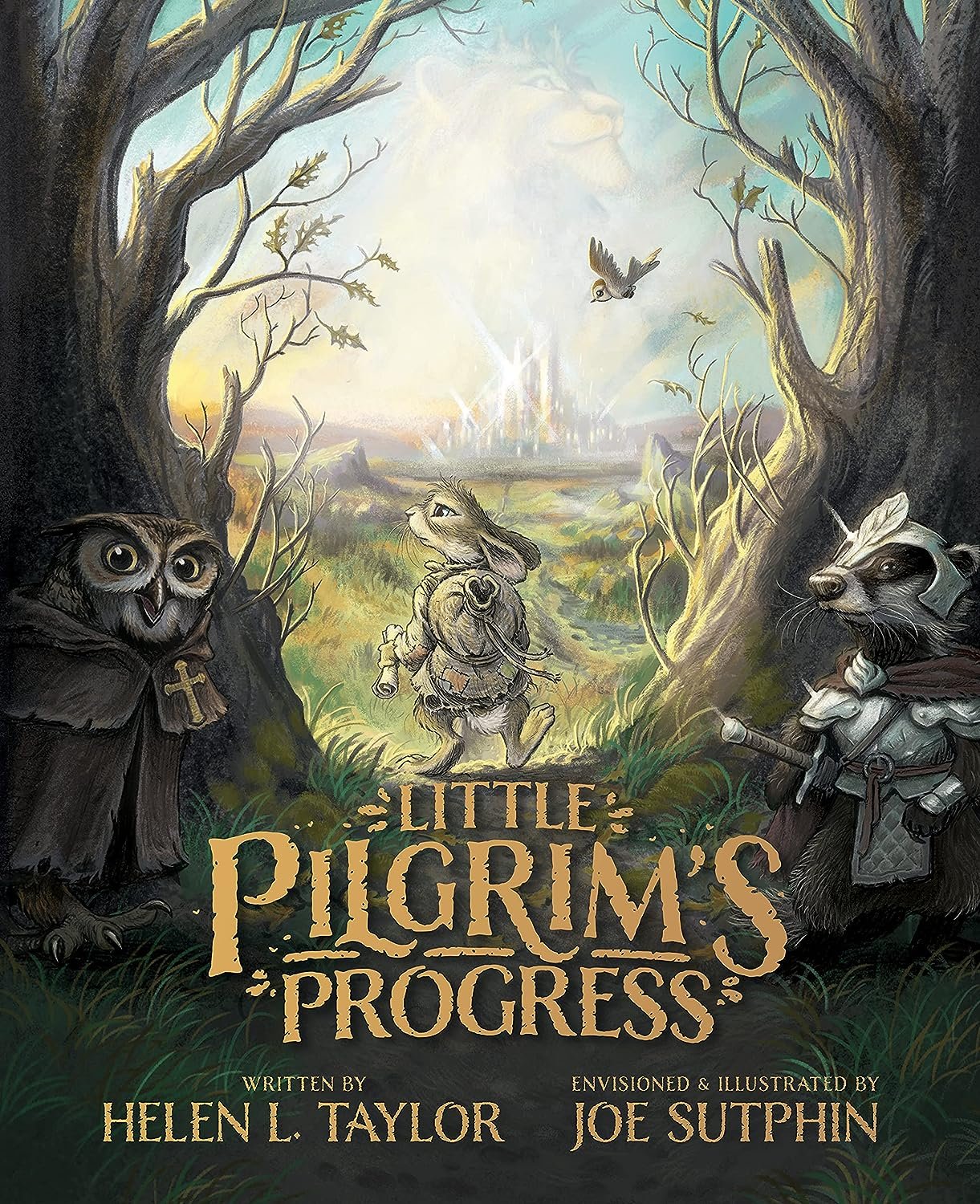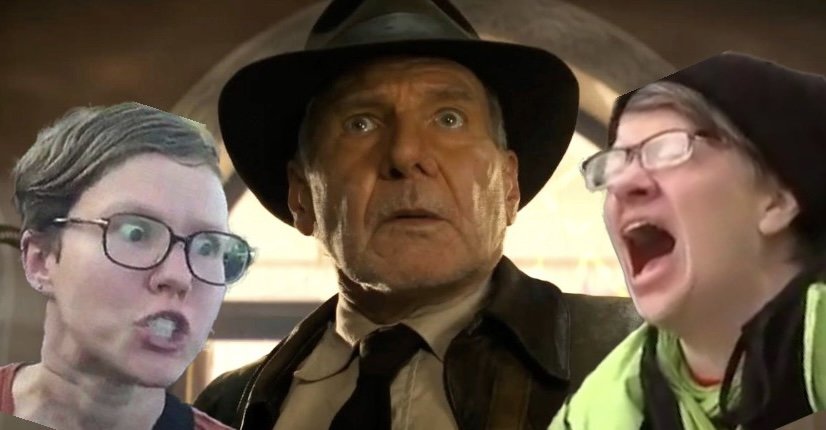Where now the rider?
/I mentioned in my summer reading recap that I’m currently reading Michael Morpurgo’s War Horse, which my daughter thoughtfully picked out for me from her classroom’s library. Here’s a passage from about a third of the way into the book, the first time Joey, the horse, and his second owner, a British cavalry officer, see combat in the fall of 1914:
The gentle squeak of leather, the jingling harness, and the noise of hastily barked orders were drowned now by the pounding of hooves and the shout of the troopers as we galloped down on the enemy in the valley below us. Out of the corner of my eye, I was aware of the glint of Captain Nicholls’s heavy sword. I felt his spurs in my side and I heard his battle cry. I saw the gray soldiers ahead of us raise their rifles and heard the death rattle of a machine gun, and then quite suddenly I found that I had no rider, that I had no weight on my back anymore, and that I was alone out in front of the squadron.
A simply narrated but powerful moment, and presented believably from the point of view of an animal. Having seen Spielberg’s film adaptation several times, I had a good idea what the outcome of this attack would be, and yet when I read “quite suddenly I found that I had no rider, that I had no weight on my back anymore,” I choked up. I was moved.
Part of it is the fate of the kind, noble, courageous Captain Nicholls, and part of it is the finely wrought dramatic irony of Joey not realizing at first what has happened. (Another novel to do the same thing extremely well is Richard Adams’s Traveller.) But another factor is surely the image that the passage creates—the riderless horse.
The movie, in one of its most beautifully shot and stirring scenes, makes dramatic and stirring use of this image, but for my money the subtlety and simplicity of the original in Morpurgo’s novel cuts deeper.
Reading this passage brought to mind another riderless horse, this one from Michael Shaara’s great Gettysburg novel The Killer Angels. Just before Pickett’s Charge, the climactic Confederate assault on the last day of the battle, General Lewis Armistead cautions a fellow brigade commander named Richard Garnett against participating in the attack. Garnett is ill and can’t march in with the infantry; he’ll have to ride, and that means he’ll be a huge target. Garnett will not be dissuaded—an officer’s job is to lead.
The attack commences and Pickett’s division, including Armistead and Garnett’s brigades, moves out and comes under heavy artillery and finally rifle and canister fire. As Armistead, coming up with his men behind Garnett’s brigade, nears the Union line, we read:
Armistead thought: we won’t make it. He lifted the sword screaming, and moved on, closer, closer, but it was all coming apart; the whole world was dying. Armistead felt a blow in the thigh, stopped, looked down at blood on his right leg. But no pain. He could walk. He moved on. There was a horse coming down the ridge: great black horse with blood all over the chest, blood streaming through bubbly holes, blood on the saddle, dying eyes, smoke-gray at the muzzle: Garnett’s horse.
A gut punch of a conclusion to an already apocalyptic paragraph. Armistead briefly looks over the field to see if Garnett is still alive, unhorsed and on foot somewhere, but the reader knows immediately. The riderless horse tells the whole story.
The same horse reappears once later, after the attack has failed, as General Longstreet, the overall commander of the assault, responds to the destruction of his men:
There was nothing to send now, no further help to give, and even if Lee on the other side would send support now it would be too late. Longstreet hugged his chest. He got down off the fence. A black horse rode up out of the smoke: familiar spot on a smoky forehead, blood bubbling from a foaming chest: Garnett’s mount.
If the first passage is an apocalypse, with the horse a sign in the midst of catastrophe, here the horse is the final, mournful sign of defeat, a single, hollow death knell.
As with War Horse, the film adaptation Gettysburg uses this image to good effect. I think the purely visual language of film may even improve it. First, the film expands the point of view of Shaara’s novel by actually showing the viewer what happens to Garnett. He charges the Union line, trying to lead by example, and rides directly into the sights of a Union cannoneer who fires at him point-blank.* Garnett disappears instantly. We get a stunned reaction shot from General Lee, who watches from afar through his field glasses, and then this shot:
Soon after we cut to Armistead’s brigade following behind, and Armistead sees the horse and knows. No words are necessary.
And later, after Armistead has briefly breached the Union line, been shot down and captured, and the attack has collapsed, the horse reappears a final time—not for Longstreet as in the novel, but for General Pickett, who had insisted that Garnett be allowed to ride at the head of his brigade, a poignant double reminder.
The film does this wordlessly, in one of its most powerful shots.** First, as the walking wounded straggle back to the Confederate line the horse passes among them at a trot:
The camera follows, both panning and tracking with it from right to left—away from the fighting and the failed objective—to end on a poignant medium shot of Pickett, pushing in as he lowers his field glasses. The usually vivacious and fiery Pickett has been stunned into silence:
The riderless horse goes back much further than War Horse and The Killer Angels, of course. Consider the plaintive questions of The Wanderer. When the poem’s speaker turns from describing his lonely fate to ask where everything that once mattered and made life a comfort to him has gone—genap under nihthelm, darkened under night-helm—the very first pair in the list is:
Hwær cwom mearg? Hwær cwom mago?
“Where is the horse? Where the young man?” Or, in a more famous but slightly less literal rendering by Tolkien, “Where now the horse and the rider?” These are paired in a way that doesn’t scan with most of the rest of the poem, suggesting their inseparability even in the loss of both.
And if we go back to the foundation of Western Literature, the last word of the Iliad, in a sentence that closes out Hector’s funeral and ends the action of the poem with thousands dead and the Trojan War still unwon, is the slaughtered Hector’s epithet: ἱπποδάμοιο, breaker of horses.
Is there any more poetic and immediately mournful image than the war horse with an empty saddle? Geared for war but aimless, it instantly suggests a whole tragedy. The riderless horse is a brave man, lost forever. The saddle is the gap he has left in the world.
* I don’t know that I’ve seen anyone else mention this, but it’s pretty clear from the action around the gun that the filmmakers mean this to be Alonzo Cushing’s battery. Just watch what’s going on with the gunner and the dead officer right before Garnett charges.
** It’s not appreciated enough just how well shot Gettysburg is.




























